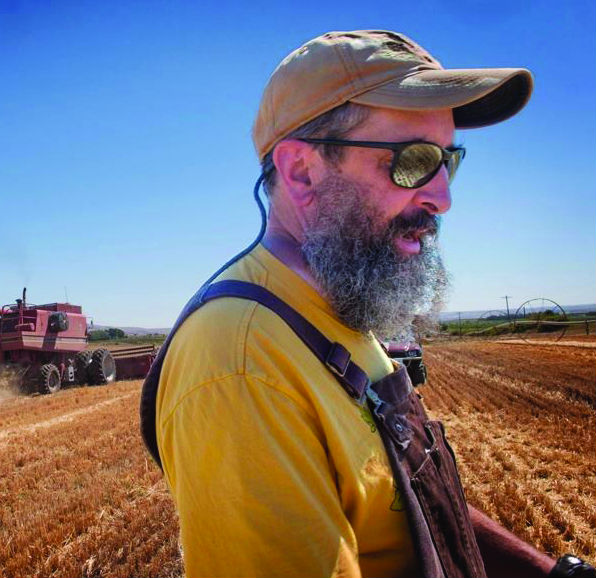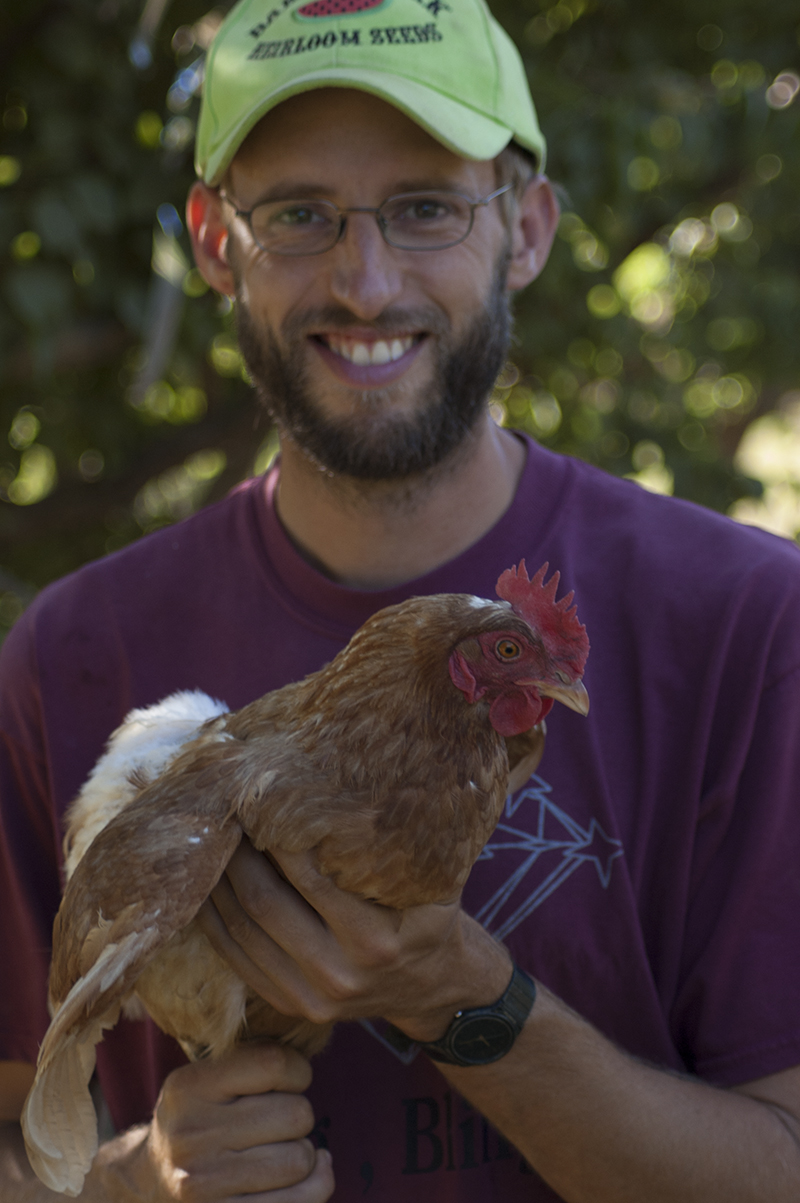Now that the craft brewing industry has a foothold in the imaginations and wallets of beer lovers, brewers are beginning to explore the concept of locally produced malts. The key word is concept because such malts are in short supply across the country.
“There’s never been a strong American specialty malting manufacturing footprint,” said Jason Parker, co-owner of Copperworks Distilling in Seattle. Parker has been intimate with malts for decades; he was the first brewer at Pike Place Brewery, and brewed at Red Hook and Pyramid, too. “Almost everything that is called specialty malt has traditionally been made in Germany or England, and we’re now starting to see some being made here.”
Beer equals hops, malt, yeast and water. Malt is grain, primarily barley, that is germinated, allowed to grow a certain amount of time, and then kilned. Kilning halts the growth at a moment when enzymes in the kernels are activated enough to feed the yeasts when making beer.
Most malt is manufactured by large companies in large quantities. These plants use barley that’s grown and malted to meet the needs of dominant brewing interests, such as Anheuser-Busch.
“Their processing is directed at not introducing flavors into things,” Pat Hayes, barley breeder at Oregon State University, said of mainstream brewers. “If you’re making Bud Light you want it to be Bud Light. You don’t want it to taste like wasabi.” (Wasabi is just an arbitrary flavor note picked to highlight what drives the curiosities of brewers.)
Hayes has been working on barley for 25 years, and is thrilled to see craft brewing jump into the game. The American Malting Barley Association (AMBA) funds research at OSU and elsewhere and is expanding its interest beyond the barleys that serve its largest customers. Additionally, a group of six craft brewers are funding a grad student at OSU to explore new flavors in malt.
“For some of these innovative brewers, it could push the next horizon in beer styles,” said Hayes.
Those flavor horizons are what gets people excited about small-scale malting.
“Malt is the heart of beer. It gives beer those wonderful nutty, sweet, malty, chocolate and roasted flavors and aroma. Because we’re farmers, we also believe in taste of place, terroir,” said Rogue Ales Brewmaster John Maier. Rogue Ales jumped into the custom malt game in 2010; the Oregon brewer and distiller now has its own farm, and opened its Farmstead Malt House this January.
These variables of barley are played up in the malting vats, and their potential is now on people’s radars. But discovering the right varieties of barley to grow is just one piece of the puzzle.
Matching the production demands of malting with what farmers can grow takes communication and time.
Besides finding a steady local supply of grain, another challenge to small scale malting is equipment. But the Pacific Northwest is not shy on malting resources, or goals.
As an extension of its barley research, OSU has a custom micro-malter, and there’s a new malting facility in Lewis County, half-way between Portland and Seattle, as part of the new Cowlitz River Distillery.
Steve Jones, director of the Washington State University Mount Vernon Station—a place for agricultural research and outreach to farmers—sees the Salish Coast, running from the Willamette Valley to British Columbia, as having the capacity to be a premier malting barley region.
Mount Vernon Station serves farmers in the Skagit Valley and western Washington. Farmers in the valley already grow grains in rotation with higher value crops like tulips, potatoes and vegetable seeds. Grains help break cycles of disease and build organic matter in soil. However, the years that farmers grow grains they lose money because the crops are sold very cheaply as commodities, at prices determined by the global market.
One of Jones’ big goals is to help farmers add value to their grain crops and sell them closer to home. Each year, the station tests up to 40,000 types of wheat and barley, trying to identify characteristics that are good for growing, and good for baking and malting. They look for varieties that will be good for animal feed, too.
“Dairy farmers in this part of the state have a model of getting cheap grains from Canada on railcars,” said Jones. Price volatility is hitting them hard, and everyone would be better off working to meet the region’s needs.
This plan to recreate a closed loop grain system in the Skagit Valley makes sense to a lot of people – farmers, eaters, and food and drink producers who want high quality grains.
Skagit Valley Malting is one project born of this ambition. While would-be maltsters in upstate New York are fashioning systems from old dairy tanks, Skagit Valley Malting is fabricating brand new systems that will be run by smart phones. The company even has to build its own test equipment.
“All the lab equipment (available on the market) was built to meet the specs of the large brewing companies, set up to find varieties of malt barley to fit their profile,” said Wayne Carpenter, who is part of a group of retired pilots and software entrepreneurs behind the malting enterprise.
This season, farmers have grown three varieties of barley for Skagit Valley to malt: Copeland, Alba and Fullpint. Carpenter is running test batches of malt on triticale, wheat and barley, and funneling them to excited bakers and brewers, like Pike Place Brewery, which is using a batch for a brew in a specialty show for chefs in early September.
“When we’re in full production we’ll be making 2,500 tons a year,” said Carpenter. “Wish we could build fast enough to supply the demand.”
The number of craft breweries has climbed to 2,500, said Chris Swersey of the Brewers Association. That number, plus a growing demand for local products, is creating a market for malt that did not exist: thousands of different brewers who want to make distinct, regional connections with their consumers.
“Now there’s a realistic business opportunity,” said Swersey.
Washington and New York states have farm brewery and distillery permits to push the use of state agricultural products in beer and spirits, so the stage is set for novel, local pints.







